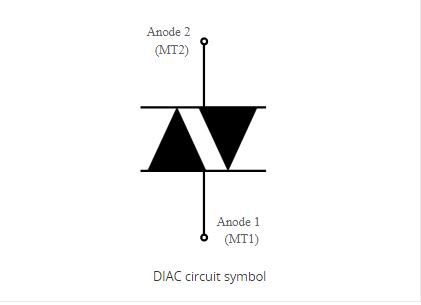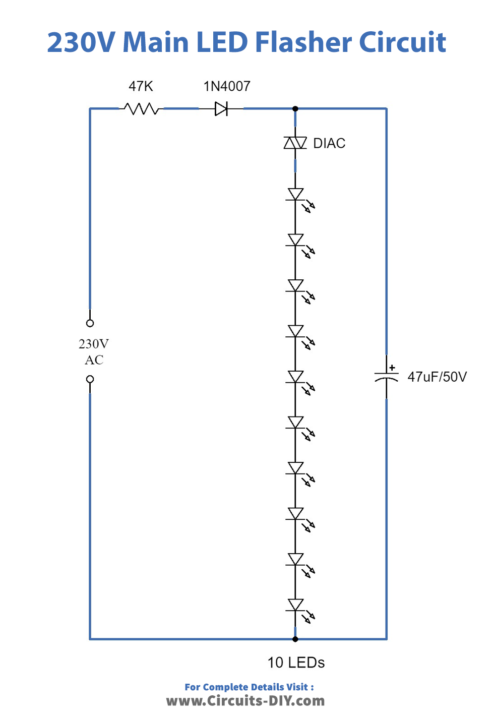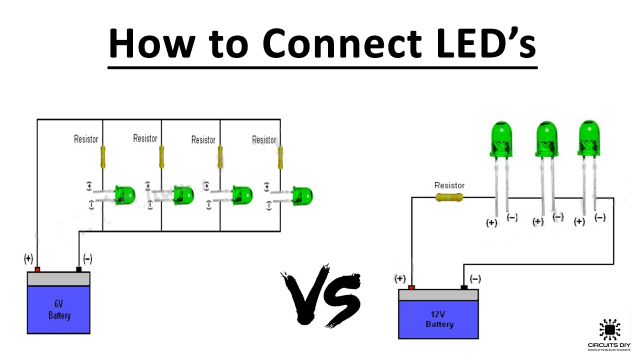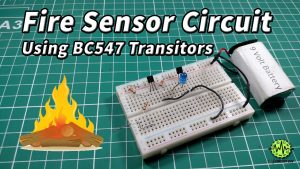This DIAC-controlled flasher circuit is utilized in different mechanical applications as a high-voltage indicator. This is most likely the easiest circuit to generate flashing light effects from a series of LEDs through the AC power source. The circuit is generally the straightforward method for flashing a single or a series of LEDs from a high-voltage DC from the main supply.
Here is a DIY circuit tutorial of a simple 230V mains LED flasher circuit. The circuit is extremely easy to assemble comprising of just four small components and 10 LEDs. It is a perfect circuit when you need to make a flasher circuit in an extremely brief timeframe. The circuit utilizes a DIAC for the switching of LED. The DIAC is typically utilized in pulse generator circuits to trigger the diode.
DIAC
A DIAC is a bi-directional or full-wave semiconductor switch that can be turned ON in both forward and inverted polarities over a particular voltage. It is frequently used to give characterized switching of a triac. The DIAC symbol used to portray this electronic part in the circuit diagram can be perceived as a blend of two diodes corresponding with one another yet interfacing in inverse directions.

Hardware Components
| S.no | Components | Value | Qty |
| 1. | DIAC | – | 1 |
| 2. | Power diode | 1N4007 | 1 |
| 3. | Resistor | 47kΩ, 91Ω | 1, 1 |
| 4. | Electrolytic capacitor | 47µF / 50V | 1 |
| 5. | LEDs | – | 10 |
| 6. | Power supply | 230V | 1 |
Circuit Diagram

Circuit Operation
The working of the circuit is straightforward. When voltage applies to the circuit the 47uF electrolytic capacitor charges through the current receiving from the 47K resistor and the 1N4007 diode. During charging the voltage of the circuit reaches 32V.
The diac actuates and the current flows through the diac making the 10 LEDs turn ON for a brief timeframe until the capacitor discharges totally. At the point when the capacitor discharge completely, the diac deactivates and henceforth the LEDs go Turned off. This procedure rehashes again and again consequently the LEDs turn ON and OFF continuously.
Applications and Uses
- Utilizing as a power indicator for the 230V AC main supply
- It is deploying as a Mock flasher or Main indicator
- It is employed at numerous spots and occasions.
- For instance, home and shop decorations, sign or billboards, and so on













